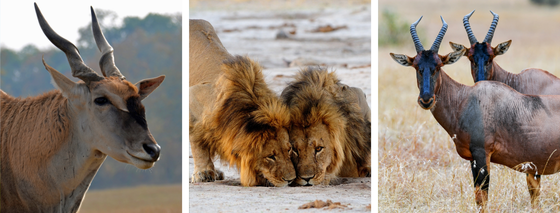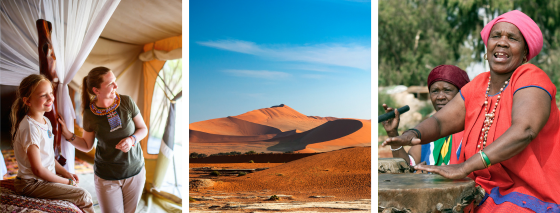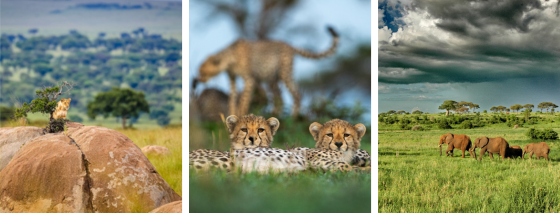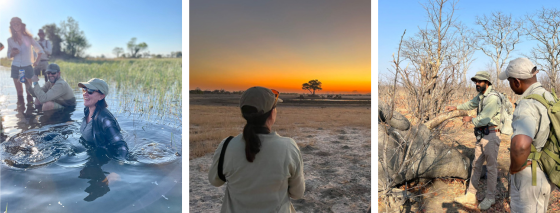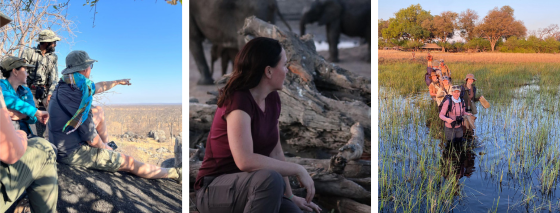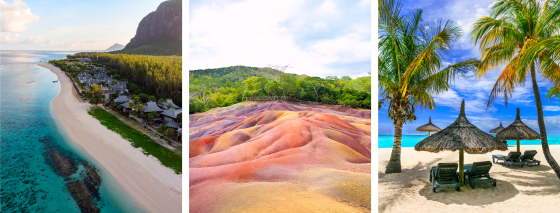Experiences vs Indulgence: African Luxury Redefined
Leopard serves all kinds of people from many different backgrounds. One of my greatest joys in running Leopard is meeting so many interesting people from around the world. I’ve had the privilege of planning holidays for American celebrities, European royalty, high-net-worth individuals and regular travellers who want to experience a trip of a lifetime to Africa.
Exposure to various people has led me to think deeply about luxury. I’ve realised that there is no universal definition of luxury. Each concept of luxury is unique to every client.

Here are some examples of what luxury might mean to some of you:
- Family time in a place with no wifi and no connectivity to the outside world
- An escape to a really wild place to feel a strong connection with nature
- Sophisticated fine dining while on safari
- Visiting exclusive hotels or lodges where very few people can go
- Meeting locals and being invited to their homes for a meal
- Staying at a beach hotel with a fantastic kids club where the kids are kept happy and busy while the parents relax
- Being the only people at a lodge or hotel, or staying on a private island, to ensure total privacy
- Travelling to places where the impact of your stay is extremely positive for the community and wildlife
- Enjoying a romantic sundowner drink while watching an incredible African sunset
- Having an in-depth discussion about wine with a local winemaker
- Observing iconic African wildlife close up and learning more about each animal
To me, the epitome of luxury is finding myself in a wild place with my family – and having everything taken care of. After all the planning has been done, I want to make virtually no decisions and to enjoy spontaneous days and activities suggested by brilliant guides.
No matter what your definition of luxury is, the most important factor in determining how much you enjoy your holiday vacation is how your experiences are curated by your local guide. It can be tricky to find a good guide who also resonates with your personality. Once you have, however, you’re guaranteed an amazing experience.

Mark Gillies from Asilia (an East African safari company with truly excellent guides) recently wrote “A great guide is a storyteller, a teacher, and a found friend in a strange world. They’ll keep you safe and help you to see beyond the obvious.”
A guide must have deep knowledge, expertise and excellent communication skills, EQ, enthusiasm, flexibility and charisma. For this reason, it’s worth spending a bit more to make sure you have the best guides – and therefore experiences on your holiday.
Whatever your definition of luxury is, we endeavour to bring your vision to life through an extraordinary trip to Africa.
Happy Travelling,
Diana
P.S. What does luxury mean to you? Reply to this email and let me know, I would love to hear from you!















